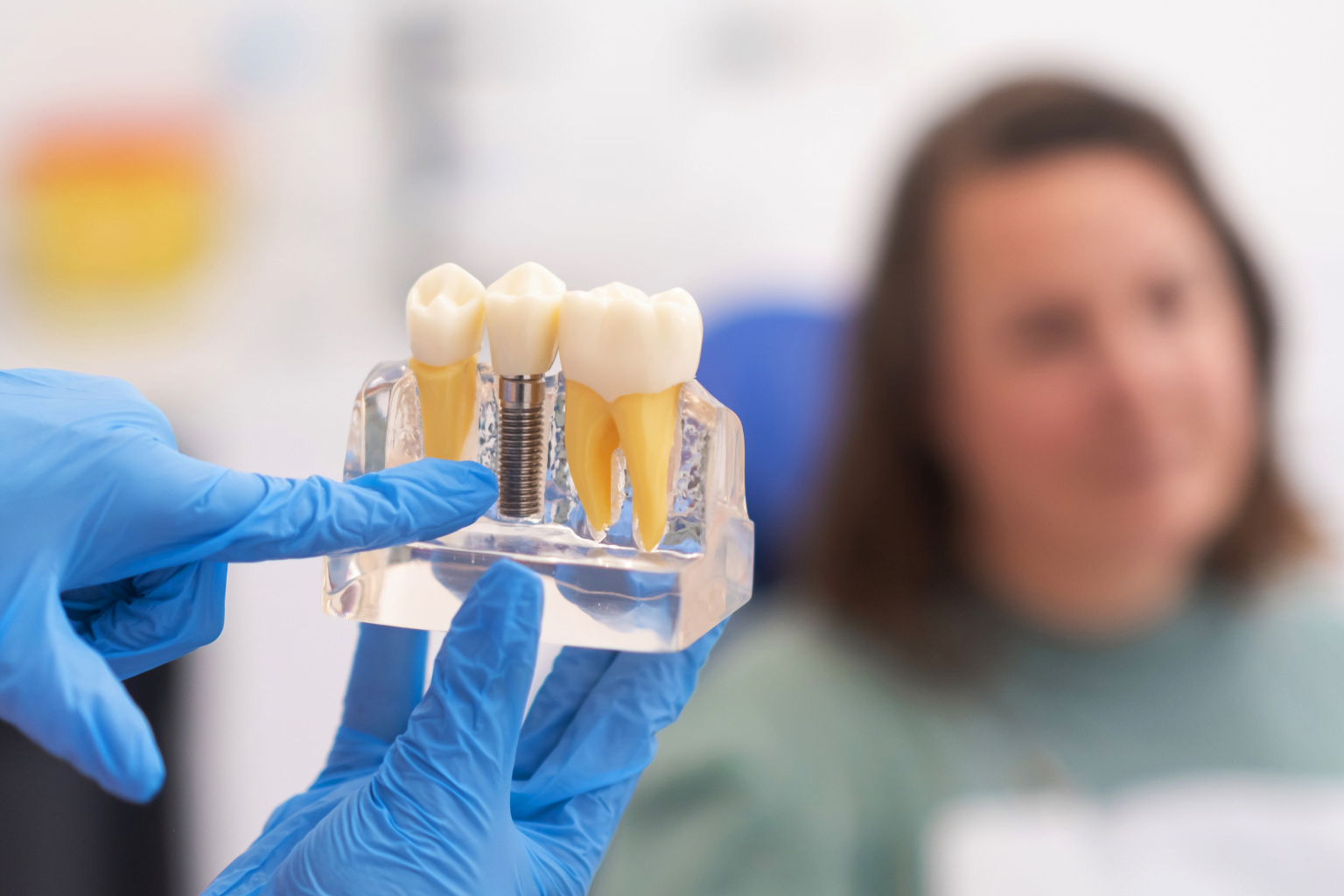If you are considering Dental Implants in Islamabad as a solution to replace missing teeth, understanding the role of bone grafts can be crucial. Bone grafting is a surgical procedure that helps rebuild and strengthen the jawbone, providing a solid foundation for dental implants. Without sufficient bone volume and density, placing implants can be risky or even impossible.
In this comprehensive article, we will explore why bone grafts are necessary, the different types of grafts used, the procedure, recovery, and how bone grafting contributes to the overall success of dental implants.
Why Are Bone Grafts Needed for Dental Implants?
Dental implants function like artificial tooth roots that anchor replacement teeth securely into the jaw. For an implant to be stable and last long-term, it requires healthy bone tissue that can fuse with the implant through a process called osseointegration.
However, many patients face challenges such as:
-
Bone loss due to prolonged tooth absence
-
Bone deterioration from gum disease (periodontitis)
-
Trauma or injury to the jaw
-
Congenital bone deficiencies
These conditions reduce the available bone volume and density, making it difficult for an implant to integrate properly. Bone grafting rebuilds the bone structure to restore the strength and size needed for successful implant placement.
Types of Bone Grafts Used in Dental Implant Procedures
There are several bone graft options, each with its advantages and indications:
1. Autografts (Self-Bone Grafts)
This method uses bone harvested from another area of the patient’s body, such as the chin, hip, or jaw. Autografts are considered the gold standard because they provide living bone cells that enhance healing and integration.
2. Allografts (Donor Bone)
Allografts use processed bone tissue from a human donor, sourced from bone banks. This option avoids a second surgical site but still provides a good scaffold for new bone growth.
3. Xenografts (Animal Bone)
Bone from animals, usually cows (bovine bone), is processed to be safe for human use. Xenografts serve as a framework for natural bone regeneration over time.
4. Synthetic Bone Grafts
These are made from biocompatible materials like calcium phosphate or bioactive glass. Synthetic grafts act as a scaffold and gradually dissolve as natural bone replaces them.
The Bone Grafting Procedure
Bone grafting can be performed either before or during the dental implant surgery, depending on the patient’s condition.
Step-by-step overview:
-
Consultation and Imaging:
A detailed assessment using X-rays or 3D CBCT scans helps evaluate bone quantity and quality. -
Preparation:
Local anesthesia or sedation ensures patient comfort. -
Harvesting (if autograft):
Bone is taken from the donor site if needed. -
Graft Placement:
The bone graft material is carefully placed in the deficient area of the jaw. -
Stabilization:
The graft may be secured with membranes, screws, or plates to encourage healing. -
Healing Period:
This can take several months, allowing the graft to integrate and the new bone to form.
Healing Time and What to Expect
Healing after a bone graft varies depending on the graft type and extent of the procedure but generally ranges from 3 to 6 months. During this time, the graft fuses with existing bone and creates a strong foundation for implant placement.
Patients might experience mild swelling, bruising, or discomfort initially, which can be managed with prescribed medications and proper aftercare.
How Bone Grafts Improve Dental Implant Success
Bone grafting directly impacts the long-term success of dental implants by:
-
Providing Adequate Bone Volume: Ensures enough bone to fully anchor the implant.
-
Improving Implant Stability: Reduces the risk of implant movement or failure.
-
Enhancing Aesthetic Outcomes: Allows proper placement for natural-looking crowns.
-
Enabling Treatment for Complex Cases: Patients previously told they were unsuitable for implants may become candidates.
Clinics specializing in Dental Implants in Islamabad often offer bone grafting as part of comprehensive implant solutions, ensuring higher success rates.
Risks and Considerations of Bone Grafting
As with any surgical procedure, bone grafting carries some risks:
-
Infection
-
Graft rejection or failure
-
Prolonged swelling or pain
-
Nerve injury (rare)
Choosing an experienced implant surgeon and following post-operative instructions minimizes these risks.
Tips for a Successful Bone Graft and Implant Procedure
-
Maintain excellent oral hygiene before and after surgery
-
Avoid smoking, as it impairs healing
-
Attend all follow-up appointments
-
Follow dietary recommendations and avoid hard foods initially
-
Inform your dentist of any medical conditions or medications
Cost Implications of Bone Grafts with Dental Implants in Islamabad
Bone grafting adds to the overall cost of dental implants but is often necessary for long-term success. Prices vary based on the graft type and extent, but it’s important to view this as an investment in durable oral health.
Many clinics offer detailed cost breakdowns during consultation, including grafting and implant surgery.
Finding the Right Clinic for Dental Implants and Bone Grafts in Islamabad
When selecting a clinic, consider:
-
Expertise in both implant placement and bone grafting
-
Access to advanced imaging and surgical technology
-
Positive patient reviews on bone graft and implant outcomes
-
Transparent pricing and aftercare support
Conclusion
Bone grafts play a vital role in ensuring the success of dental implants by restoring jawbone integrity. For patients considering Dental Implants in Islamabad, understanding this procedure can help set realistic expectations and improve treatment outcomes.
If you’re exploring dental implant options, consult a trusted clinic to discuss if bone grafting is right for you. Proper planning and expert care can restore your smile with strength and confidence.
